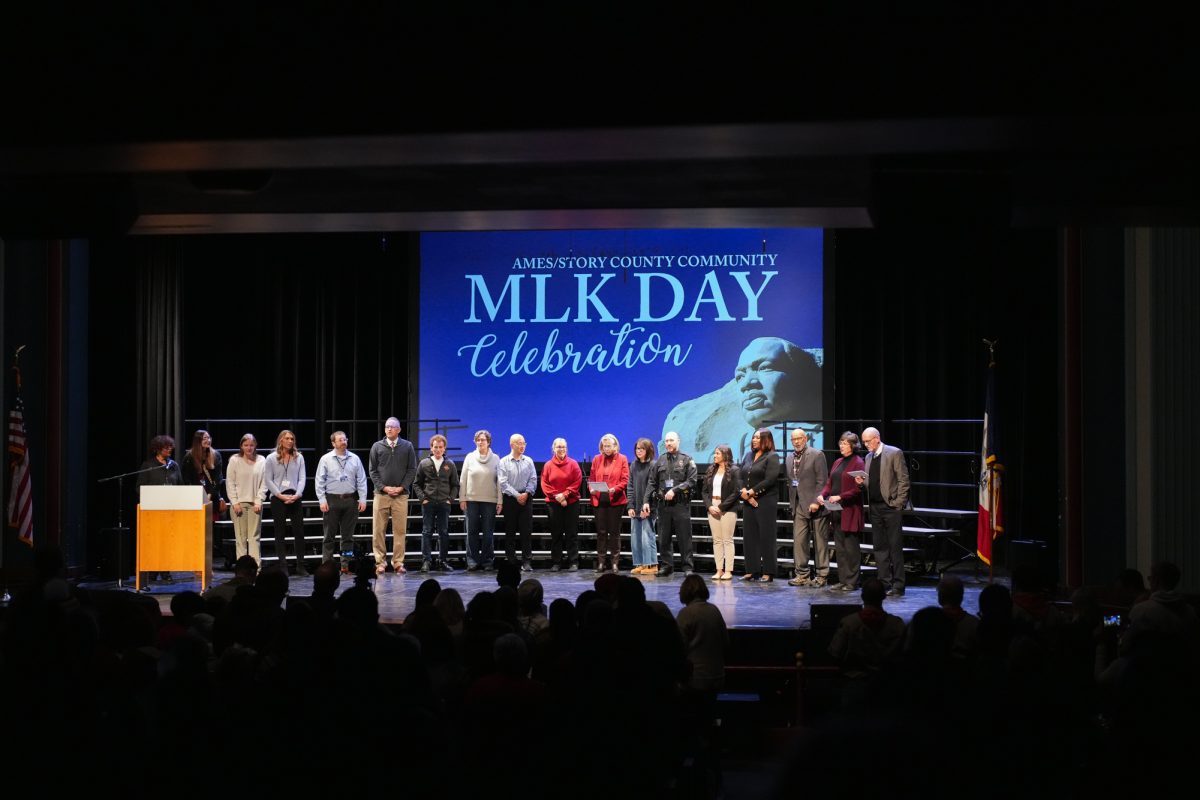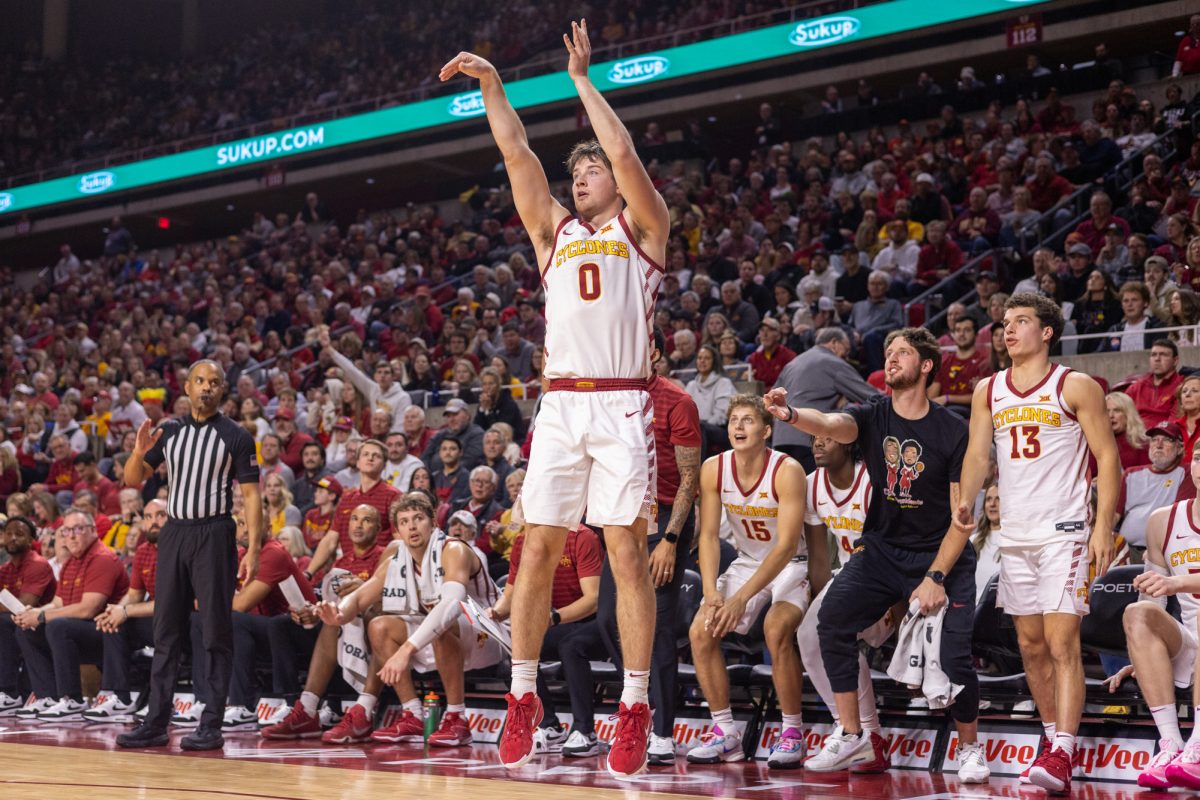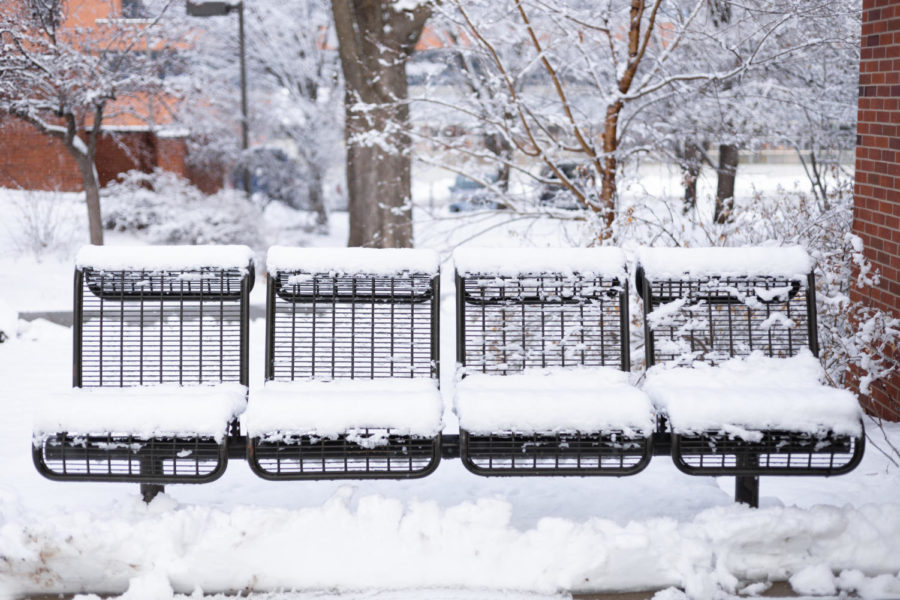COLUMN: Rural roads, schools under fire from state
January 23, 2003
For old U.S. Highway 61 in Clinton and Scott counties — officially Iowa Highway 956 — it was inevitable. After a new four-lane road was constructed, there was no need for it on the state books. About a month ago, the two counties and the city of Eldridge gave the go-ahead to receive jurisdiction of the road from the Iowa Department of Transportation.
But also in December, Iowa Highway 102, from Pella to New Sharon, was given a death notice. And all of Cerro Gordo County’s part of Highway 107. And Highway 142, around Lake Rathbun. And both spurs in Pocahontas County.
What happened in December — and what is still going on now — is a small version of Iowa’s Great Decommissioning of 1980. That year, more than 100 state highways to small towns were decommissioned — that is, turned over to counties. The situation before was the same as now: The department felt it was in charge of too many roads, and could use the money elsewhere.
The difference between 1980 and 2002-03 is fear. The counties are afraid to take the roads later instead of now.
Why? Because there are rumblings that they could be forced to take them, in the words of someone in Washington County about old U.S. Highway 218, “whether we want it or not.” Not only that, but with far less money — or none at all.
On Jan. 8, the Bedford Times-Press covered a Taylor County supervisors meeting about turning over Iowa Highway 49. The proposed agreement would give the county more than $5 million for taking over this road, but if the agreement was denied now, it could be much worse later.
According to the article, “the County Engineer’s Association and the Department of Transportation are working on legislation to eliminate 1000 miles of road that basically travel within a specific county. Their proposal to the state legislators would pay counties $10,000 per mile for 10 years. That would mean Taylor County would get $2.2 million. And, the state may decide to turn those roads over to the county without any compensation [emphasis added].” That is currently illegal, but may not be for long.
In addition to the proposed turnovers, urban areas also want a re-evaluation of the Road Use Tax Fund dispersal percentages, giving more to them and less to the more rural counties that are already heavily burdened. While it hasn’t happened yet, 26 miles of highways could be turned over to Harrison County (127, 183, 300 and 301), according to the Jan. 22 Logan Herald-Observer, but at the same time the county could see a drastic decrease in available funds.
The decommissioning of a highway itself is not bad; it happens often. Doing it under the threats of force or a Hobson’s choice is another matter.
Such rumors of strong-arm tactics are not unique to transportation; education is under fire too, but the rumors are more real and much worse.
According to a Jan. 16 Associated Press article, the state Board of Education approved a proposal that recommends financial incentives for voluntary mergers but, at the same time, “forcing them to consolidate if they don’t do it voluntarily [emphasis added].” Talk about coercion.
Board of Education Director Ted Stilwill said that the board wanted all high schools in the state to have at least 200 students. Over a third of the school districts in the state currently fall under that number. A floor of 100 might be reasonable, but 200 would wipe out every football Class A school in the state, plus a sizable chunk of the next class up. Many towns that integrate the high school into community life would lose it because of size or how past mergers in neighboring districts have gone, and would be devastated.
It looks like the urban areas and state government have rural Iowa square in their crosshairs. Rural Iowa, a favorite whipping boy of big-city paper editorial boards — the Waterloo Courier’s Jan. 17 editorial against small schools is typicalÿ— is being pressured to give up what it holds dear — indeed, what it has left. Changes in the road tax distribution, forced consolidation of schools, and proposals to even consolidate counties are the equivalent of rural areas being told, “We want you to give us your highway money, give up your high schools and if that hasn’t ripped your heart out yet, we want most of you to give up your courthouses.”
Even as the board’s proposal gets to the Legislature, school districts from Allison-Bristow to West Monona are holding meetings about partial sharing or full mergers. But the process can be ugly. The district that doesn’t get to keep the high school can break off the deal or hold animosity against the other, even without the added stigma of being forced by the state to consolidate.
When Ackley-Geneva and Wellsburg-Steamboat Rock merged in 1999, it was very heated and rocky, with many parents open-enrolling students elsewhere. And even though Steamboat Rock is closer to Eldora than Ackley, the latter is where the students are sent. The Courier reported Jan. 5 that many Steamboat Rock students are open-enrolled out to Eldora, and some people from W-SR still hold animosity against Ackley.
In both these cases, transportation and education, one thing is abundantly clear: Rural Iowa has gone from carrying the cities on its back to coercion into giving up what it has left.
As of this writing, to the best of my knowledge, on April 1 there will be 79 spur highways left, from Wall Lake’s Iowa 36 to Maquoketa Caves State Park’s Iowa 428, and 371 school districts, from Ackley-Geneva-Wellsburg-Steamboat Rock to Woodward-Granger. Whether those numbers change by voluntary means or forced agreements is a question that may soon be answered.
Jeff Morrison is a junior in journalism and mass communication and political science from Traer. He is the wire editor of the Daily.






